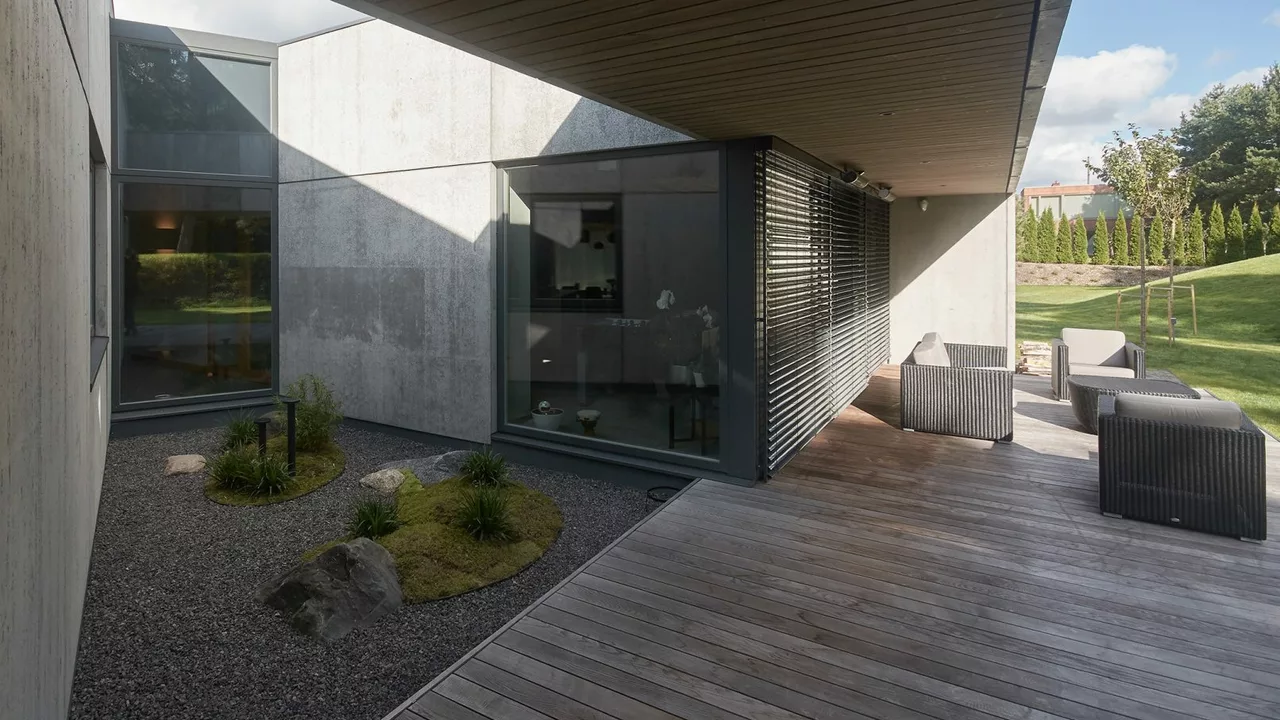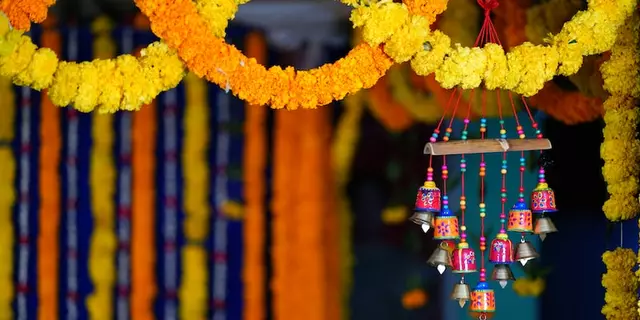Understanding the Lifespan of Concrete Houses
Before diving into the specifics of how long a concrete house can last in India, it's essential to understand what we mean by 'lifespan'. The lifespan of a house refers to the number of years it can effectively serve its purpose without requiring any major renovations or repairs. Concrete houses, due to their durability and resilience, tend to have a longer lifespan compared to houses made from other materials.
India, being a tropical country, experiences a wide variety of climatic conditions, ranging from extremely hot summers to heavy monsoon rains. These weather conditions have a direct impact on the lifespan of concrete houses. The concrete used to build houses in India is specially formulated to withstand these harsh weather conditions, which significantly extends their lifespan. Let's dive deeper into this topic.
The Role of Construction Quality in Lifespan
The lifespan of a concrete house primarily depends on the quality of construction. The use of high-quality construction materials, proper design and execution of the construction process, and regular maintenance can significantly extend the lifespan of a concrete house. In contrast, poor construction practices can drastically reduce the lifespan of a house, regardless of the material used.
For instance, the use of inferior quality cement or improper mixing of concrete can lead to the formation of cracks in the house over time. Similarly, inadequate reinforcement can make the house susceptible to damage from natural disasters such as earthquakes. Therefore, it's crucial to ensure high-quality construction to maximize the lifespan of a concrete house in India.
External Factors Affecting Lifespan
External factors such as environmental conditions, extreme weather events, and natural disasters also significantly impact the lifespan of a concrete house. For example, houses located in coastal regions of India are exposed to salty air, which can lead to the corrosion of the steel reinforcements in the concrete, thereby reducing its lifespan.
Similarly, heavy monsoon rains can cause water seepage and damage the concrete over time. On the other hand, regions prone to high temperatures can experience thermal expansion and contraction, leading to the formation of cracks in the concrete. It's important to consider these factors when estimating the lifespan of a concrete house in India.
Regular Maintenance and Repairs
Regular maintenance and timely repairs are crucial in extending the lifespan of a concrete house. This involves regular inspections for any signs of damage, immediate repairs of any cracks or damages, and periodic painting to protect the concrete from weathering. Additionally, any water seepage or plumbing issues should be addressed promptly to prevent damage to the concrete structure.
With proper maintenance and repairs, a concrete house in India can effectively serve its purpose for many decades. However, neglecting these crucial aspects can lead to a significant reduction in the lifespan of the house.
So, What is the Lifespan of a Concrete House in India?
Considering all the factors discussed above, it's safe to say that a well-constructed and properly maintained concrete house in India can last for more than 75 to 100 years. However, this is just an estimate and the actual lifespan can vary based on the specific circumstances and conditions.
At the end of the day, the lifespan of a concrete house is largely in the hands of the homeowner. Ensuring high-quality construction, considering the external environmental conditions, and keeping up with regular maintenance and repairs can significantly extend the lifespan of your concrete house in India.





